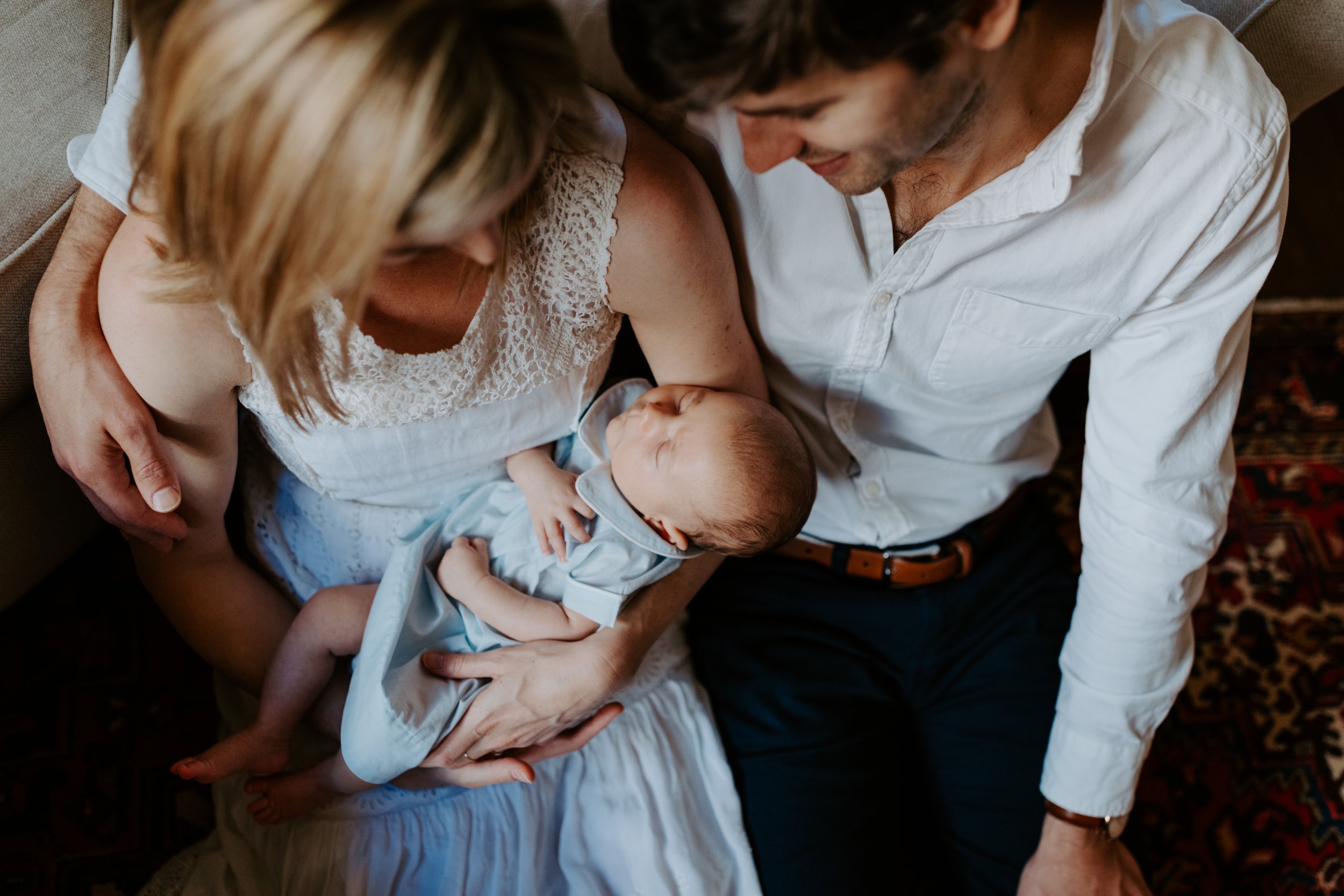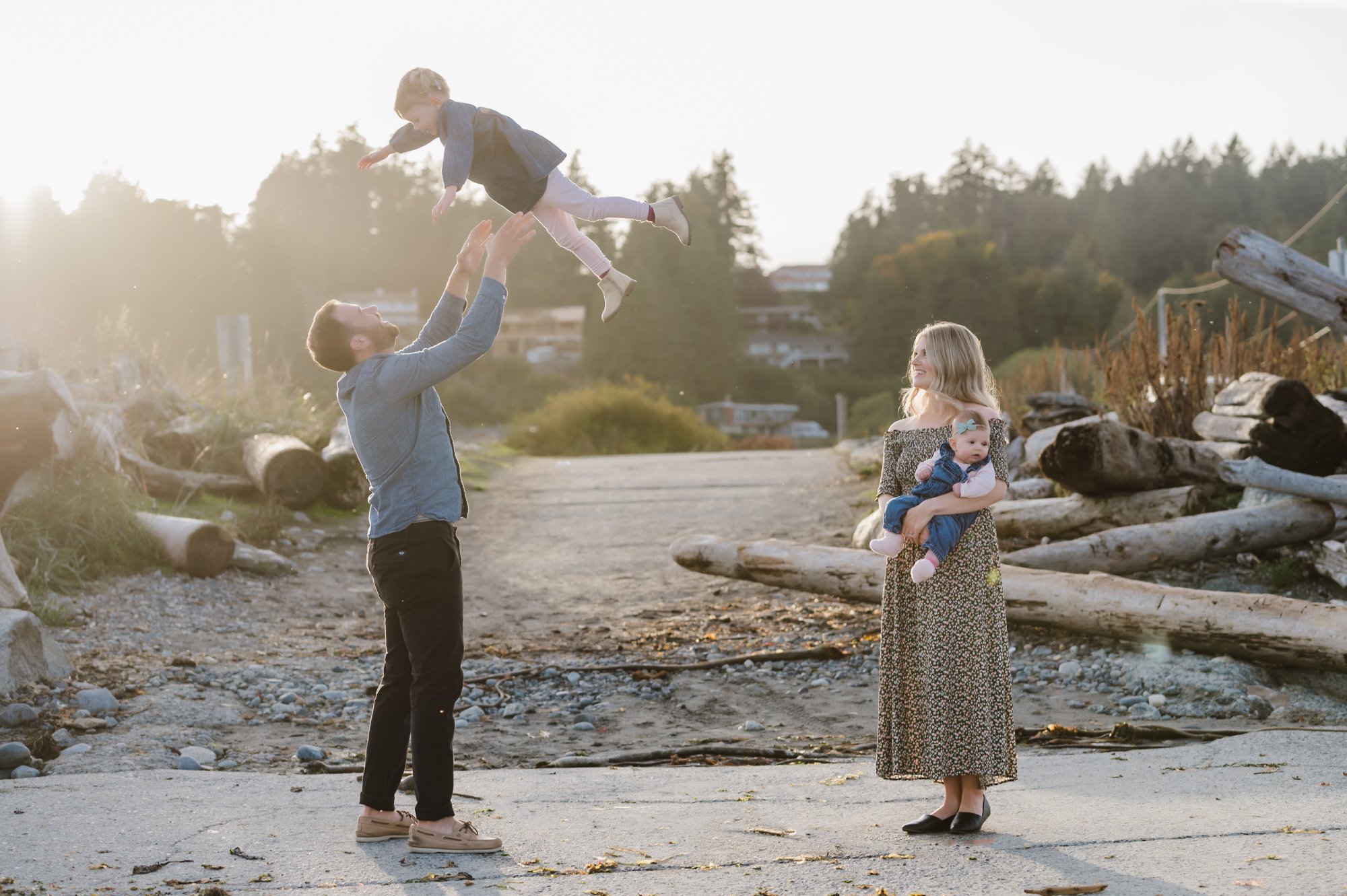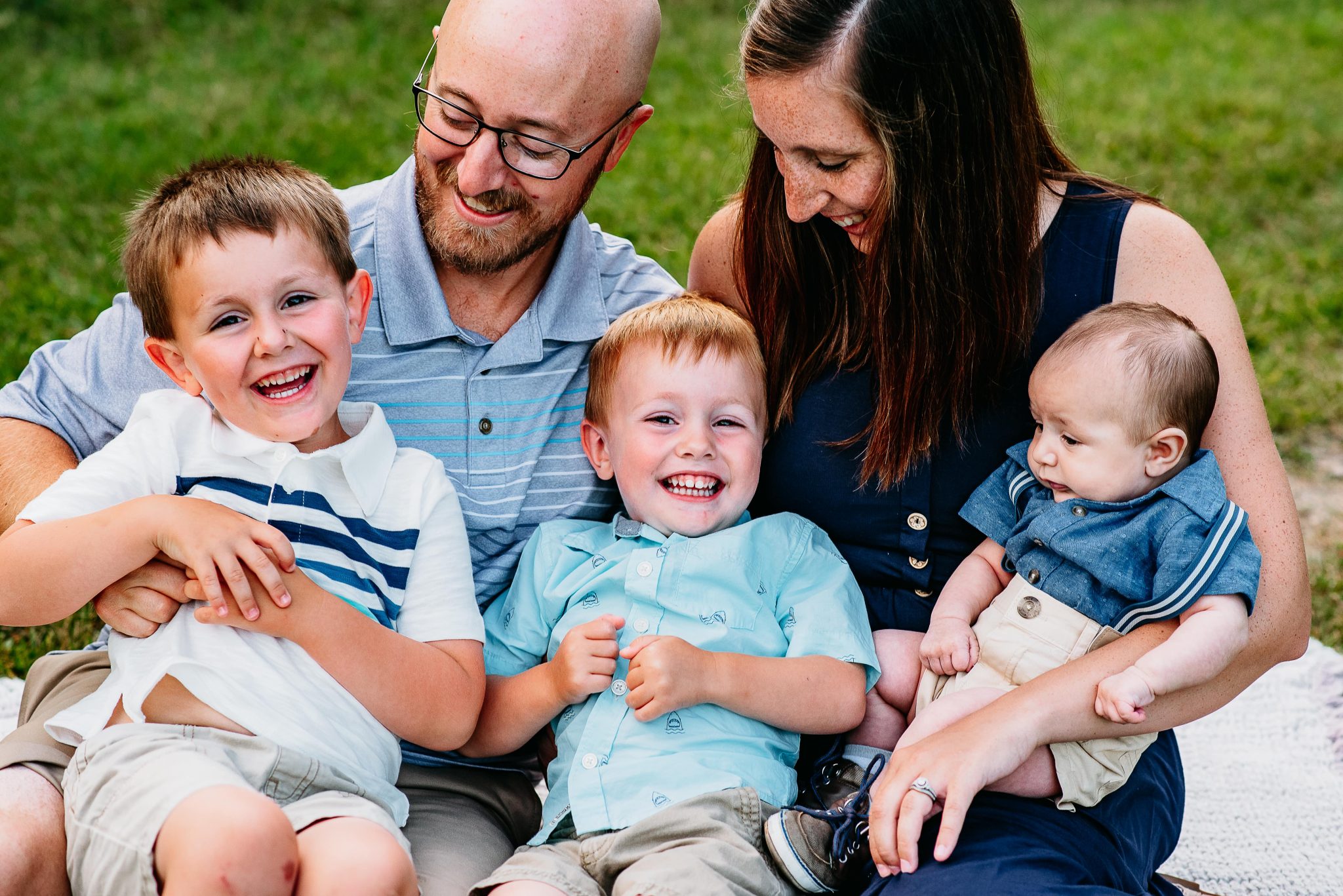Family portraits have been a cherished tradition for centuries, capturing the essence of kinship and providing a visual narrative of a family’s journey through time. These cherished keepsakes not only showcase the changing faces and dynamics of family members but also reflect the cultural, technological, and artistic shifts of their respective eras. Join us on a journey as we delve into the evolution of family portraits, from their early beginnings to the present day, uncovering the stories they tell and the fascinating transformations they have undergone.
Early Beginnings: The Birth of Family Portraits
In the early days of family portraiture, obtaining a likeness of one’s family was a privilege reserved for the wealthy. Paintings were the primary medium, with skilled artists capturing family members in elaborate poses, reflecting their status and social standing. These portraits often depicted families in formal attire, exuding elegance and opulence.
Photography Emerges: The Age of Daguerreotypes
The advent of photography in the mid-19th century revolutionized the world of family portraits. Daguerreotypes, the earliest photographic process, allowed families from various socio-economic backgrounds to have their portraits taken. However, due to the lengthy exposure times required, these portraits were often stiff and formal, requiring subjects to maintain static poses for extended periods.

Pictorial Narratives: Victorian Era and Carte de Visite
The Victorian era brought about a significant shift in family portraiture. The introduction of the carte de visite, a small photographic print mounted on a card, enabled families to exchange and collect portraits. These intimate photographs often depicted families in their everyday surroundings, capturing candid moments and familial bonds.
The Rise of Informality: Modernism and Candid Expressions
With the arrival of the 20th century, family portraits became more relaxed and spontaneous. Modernist photographers such as Alfred Stieglitz and Edward Steichen sought to capture genuine emotions and candid expressions, moving away from traditional formalities. These portraits celebrated individuality and portrayed families in their natural settings, showcasing their unique personalities and dynamics.
Technological Advancements: The Digital Era
The digital revolution of the late 20th century brought significant changes to family portraiture. Digital cameras and smartphones made capturing and sharing family moments easier than ever before. Families embraced the convenience of instant photography, allowing them to document their lives in real-time. Social media platforms further revolutionized family portraits, offering a platform for families to share their milestones and create digital albums.
Creative Expressions: Alternative Approaches and Styles
Contemporary family portraiture has witnessed a surge of experimentation and diverse artistic expressions. Families are no longer confined to traditional poses or settings. Today, photographers explore unconventional angles, compositions, and lighting techniques, showcasing the uniqueness of each family. Themes, props, and creative storytelling techniques are used to convey narratives and emotions, reflecting the family’s personality and interests.

FAQs
What was the significance of family portraits in earlier centuries?
Family portraits held great importance in earlier centuries as they represented the social status and wealth of a family. Painted portraits were often commissioned by the affluent members of society to showcase their prominence and lineage. These portraits served as a visual record of their family history and were displayed prominently in their homes as a symbol of prestige.
How did the introduction of photography impact family portraits?
The introduction of photography revolutionized family portraiture, making it more accessible to a broader range of people. The invention of the daguerreotype and later photographic processes allowed families from various socio-economic backgrounds to have their portraits taken. Photography also significantly reduced the time required to create a portrait compared to the lengthy process of painting, making it a more convenient option for families.
What changes occurred in family portraits during the Victorian era?
The Victorian era witnessed the rise of the carte de visite, a small photographic print mounted on a card. These affordable and portable photographs allowed families to exchange and collect portraits. Family portraits during this period often depicted more informal and intimate moments, capturing candid expressions and showcasing familial bonds. The emphasis shifted from rigid poses to capturing the essence of family life.
How has the digital era impacted family portraiture?
The digital era has revolutionized family portraiture in multiple ways. The advent of digital cameras and smartphones made it easier for families to capture and document their moments together. Instant photography and the ability to easily share images online have made family portraits more accessible and immediate. Social media platforms have become popular avenues for families to share their milestones and create digital albums, enabling them to connect with a wider network of family and friends.
How has contemporary family portraiture evolved in terms of artistic expression?
Contemporary family portraiture has become more creative and diverse in terms of artistic expression. Photographers now explore unconventional angles, compositions, and lighting techniques to capture unique and visually striking portraits. Families have moved away from traditional poses and settings, embracing themes, props, and storytelling elements to convey narratives and emotions. This allows for a more personalized and authentic representation of the family, showcasing their individuality and interests.
How can families preserve their family portraits?
To preserve family portraits, use archival-quality materials for printing and framing. Store them in a controlled environment away from heat and humidity. Digitize the portraits, handle them carefully, and periodically inspect and maintain them. Additionally, document the stories and memories behind the portraits for future generations.
Conclusion
Family portraits have undoubtedly come a long way, evolving alongside society’s shifting values, technological advancements, and artistic trends. From the exclusive domain of the wealthy to the widespread accessibility of the digital era, family portraits have transformed into a powerful means of storytelling, capturing the essence of love, togetherness, and the ever-changing dynamics of family life. As we continue to embrace new technologies and redefine our notions of family, it will be fascinating to witness how future generations interpret and preserve the legacy of family portraiture in the years to come.
